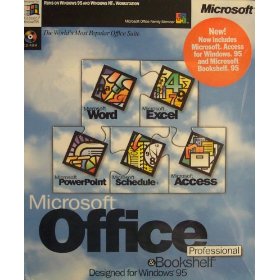Steve Jobs Resigns as CEO – 1995: Windows 95 Released
Subscribe! Spotify | RSS | More
August 24, 2011 – Steve Jobs, unable to continue due to failing health, officially puts his resignation in to Apple. He asks for his successor to be Tim Cook, then COO of Apple. The Board of Directors agree and announce the changing of CEO. The official resignation letter read:
To the Apple Board of Directors and the Apple Community:
I have always said if there ever came a day when I could no longer meet my duties and expectations as Apple’s CEO, I would be the first to let you know. Unfortunately, that day has come. The official resignation letter read:
I hereby resign as CEO of Apple. I would like to serve, if the Board sees fit, as Chairman of the Board, director and Apple employee.
As far as my successor goes, I strongly recommend that we execute our succession plan and name Tim Cook as CEO of Apple.
I believe Apple’s brightest and most innovative days are ahead of it. And I look forward to watching and contributing to its success in a new role.
I have made some of the best friends of my life at Apple, and I thank you all for the many years of being able to work alongside you.
Steve
1995 – Microsoft releases Windows 95. It was a stellar event with it’s newest operating system. The first MS OS in 32 bit mode, it also debut TCP/IP, dial up networking and Long Filename support. The event brought along many different celebrations, including places like New York, which lit up the Empire State Building with the Windows colors.
IBM wasn’t sure if they were getting Windows 95 until 15 minutes before release. Companies like HP and Compaq (at that time they were separate) were able to let consumers know that they will get upgrades, but IBM could not make that promise.
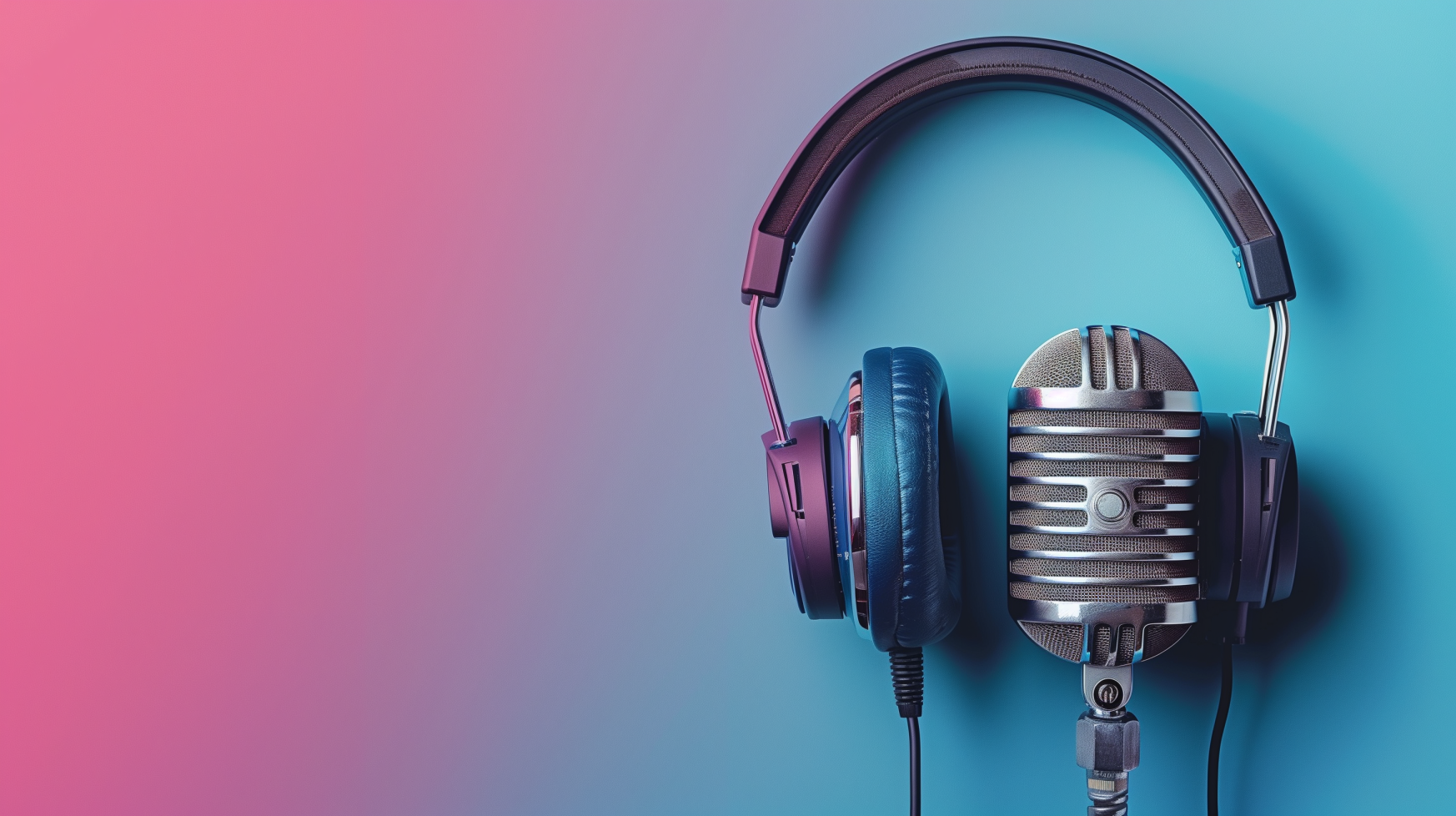
Subscribe to Day In Tech History:
RSS Feed - iTunes - Android - Spotify - iHeartRadio
Facebook -
- RSS Bandwidth by Cachefly Get a 14 Day Trial
- Join me on Patreon and support Day in Tech History
- 1996 – Windows NT 4.0 is released
- 1999 – BLEEM wins another round from Playstation
- 2006 – Apple recalls 1.8 million batteries
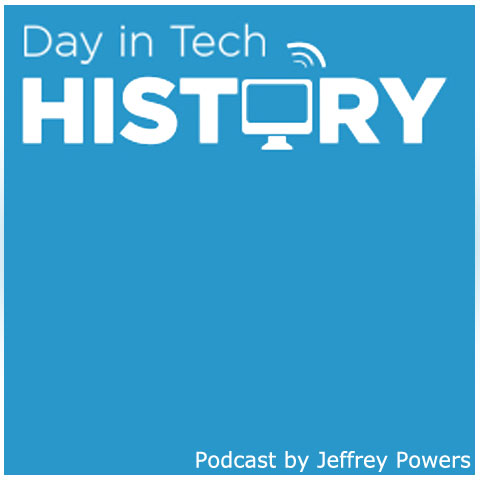
![steve-jobs[1] Steve Jobs](https://dayintechhistory.com/wp-content/uploads/2013/06/steve-jobs1-340x250.jpg)

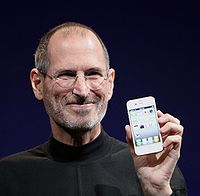
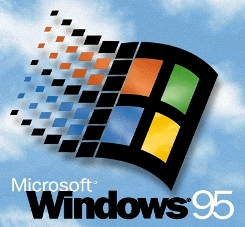
![IBM-PC-XT[1] IBM PC](https://dayintechhistory.com/wp-content/uploads/2013/08/IBM-PC-XT1-340x250.jpg)
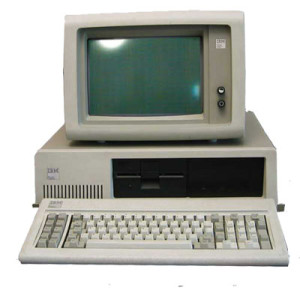
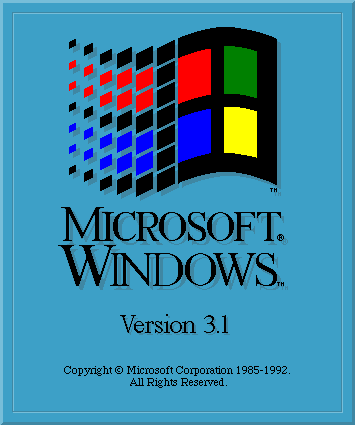
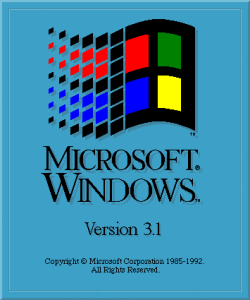
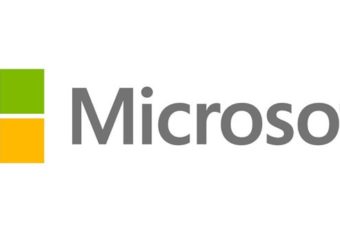

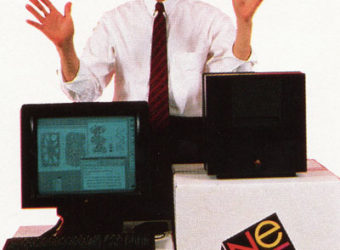
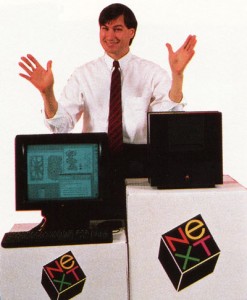
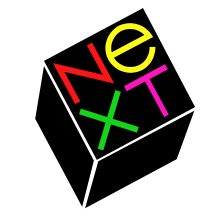
![Office-95[1] Office 95](https://dayintechhistory.com/wp-content/uploads/2013/08/Office-951-340x250.jpg)
